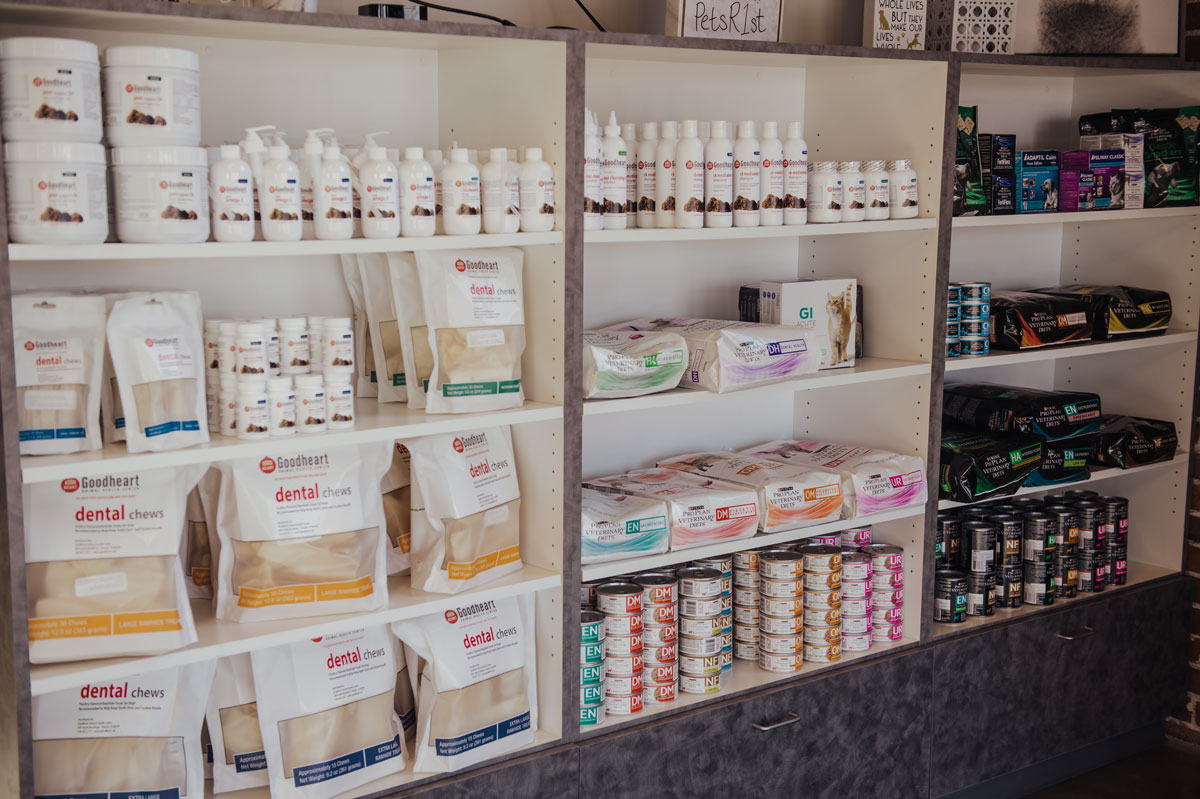Dr Beth Spencer recommends storing dog and cat food in its original packaging, on a pantry shelf.
You’ve done your research and chosen the best food for your cat and dog.
Avoid these 3 mistakes once you get home.
Don’t decant food into new canisters, which could leach nutrients and ruin flavor. Avoid storing food on the floor where rodents and bugs have easy access. And steer clear of storage areas where temperature and humidity fluctuate.
Don’t decant food into a new canister
Trendy home organizers encourage matching containers in each space. Before you spend a ton of money, note that the original packing serves many purposes:
-Food producers design the package lining to retain important nutrients, fat and flavor
-The lot number helps you know if the brand recalls the food
-The expiration date reminds you when food is past its prime. While there’s some wiggle room, you’ll know the food has lost its appeal if your cat or dog refuses to eat it. Trust Fido and Kitty’s instincts.
Plus, plastic can leak scents into the food making it unappealing to pets. It also draws out the fat, which gets left behind on the container’s walls. Glass doesn’t affect scent, but it allows light to break down nutrients.
Stainless steel containers don’t alter flavor or nutrients. If you’re dead set on decanting, use one of the many options at pet stores. Be sure your container is airtight and pest-proof.
Avoid storing food on the floor
Don’t create a roadway for rodents and bugs. Store food on a shelf to make it a touch harder for unwelcome guests to access.
Steer clear of hot, sunny or humid rooms
Both dry and canned food have long shelf lives if you store them right.
Denver’s dryness helps the food stay fresh. Yet, our warm homes can damage pet dry pet food. Be sure your kibble bag isn’t near a radiator or under the central heating vent.
Also, keep dry and canned food out of direct sunlight. The sun alters the food’s properties.
And forget the garage or laundry room! Moisture and temperature fluctuate in these areas.
Instead, find a place that stays about the same temperature each day (50-80 degrees). This might be a pantry or a mudroom.
Save your money on fancy containers!
We’re here to answer all your questions about dry and canned pet food, storage, and shelf life. Call us 24/7.

